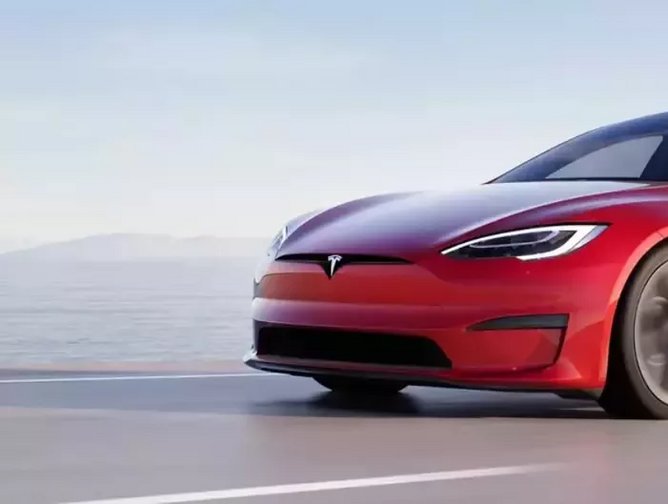Eric
Mama's lil stinker
- Joined
- Aug 10, 2020
- Posts
- 14,775
- Solutions
- 18
- Main Camera
- Sony
Good read about how Tesla being a newer company has given them the ability to adapt to the chip shortage and bypass much of what other manufacturers cannot.

 supplychaindigital.com
supplychaindigital.com

Analysis: How buoyant Tesla is defying global chip shortage
The global microprocessor shortage has hobbled traditional auto makers, and yet Tesla continues to record record output. So how has Elon Musk done it?
In Q4, Tesla delivered a record 308,600 vehicles, and announced that deliveries in 2021 were up 87% on 2020 levels.
This eye-catchingly impressive has left many wondering how, exactly, the e-vehicle manufacturer has managed to circumnavigate the chip shortage that has hobbled so many other car makers - with chips used in everything from airbags and infotainment screens to parking assistance and phone chargers.
The answer it seems is simple: Tesla is building its vehicles from scratch, unlike legacy automotive companies, who are producing iterations of vehicle models that often stretch back over generations.
Tesla is a new company, which gives it flexibility on chips
This means Tesla has the advantage of designing its vehicles from the ground-up, rather than adding parts piecemeal over decades, as have most traditional automakers.
